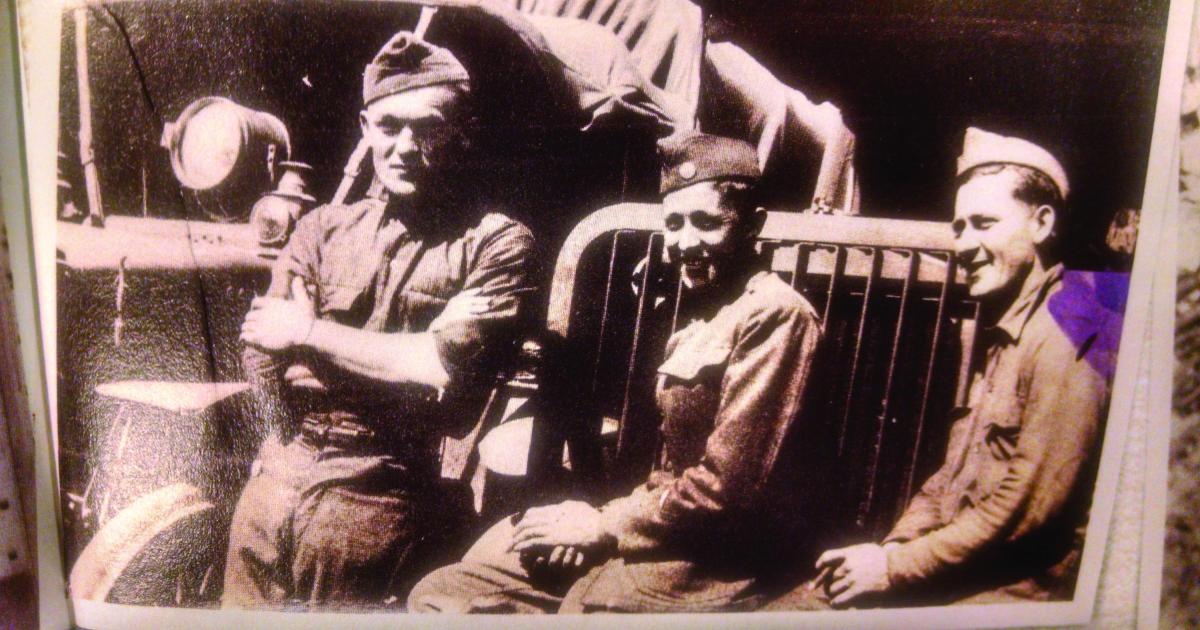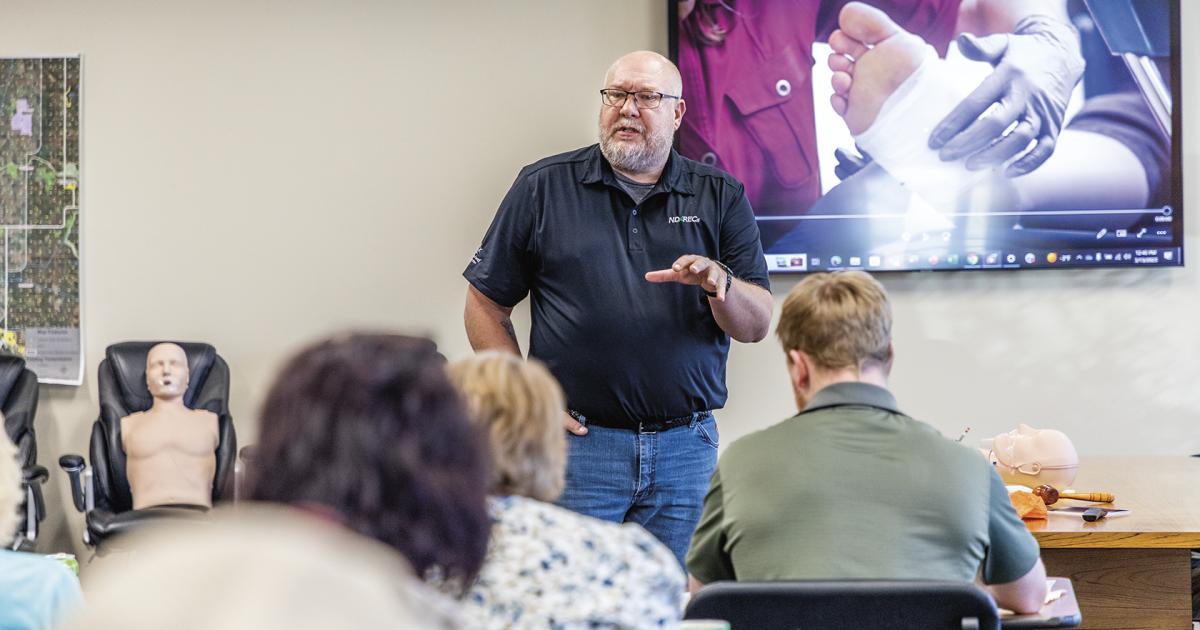By that moment, aided by the entry of the United States armed forces into the war in 1917, the Allied Powers had defeated Germany in its warfare seeking European domination. The defeat led opponent countries to formalize an armistice – cessation of warfare – but not a surrender, as German troops had stopped fighting and returned to their homeland.
STATE HISTORICAL SOCIETY OF N.D. PHOTOBells of Peace will toll nationwide at 11 a.m. on Nov. 11, to signal the 100th anniversary of the end of World War I, and to honor American service and sacrifice in the war, including the service of 30,000 North Dakotans and U.S. soldier Joseph Walter Plunkett (above, left), shown during his World War I service in FranceNorth Dakotans join the world this November in making a solemn, final salute honoring the 100th anniversary of the end of World War I. Nov. 11 marks the date in 1918 when the Allied Powers of World War I entered into an armistice with Germany, ending the “Great War.” This conclusion has been memorably recorded in history as occurring “at the 11th hour, of the 11th day, of the 11th month.”
This Nov. 11, North Dakotans will join in the nationwide “Bells of Peace” salute. “Bells of Peace” involves the simultaneous ringing of public bells (in schools, churches and public buildings) and privately owned bells at 11 a.m. Sunday, Nov. 11, to honor the 100th anniversary of the end of World War I and to honor the 117,000 Americans who died resulting from World War I service. For this event, bells are to toll 21 times, at five-second intervals.
The Society of the Honor Guard and Tomb of the Unknown Soldier created the “Bells of Peace Campaign,” which is now also co-led by the Washington National Cathedral, sponsored by the U.S. World War I Centennial Commission and endorsed by the American Legion and the Veterans of Foreign Wars.
Coordinating this bell ringing in North Dakota will be one of the final activities of the North Dakota World War I Centennial Commission. The commission has been active for two years leading up to 2018 war-end centennial events. Its work has included research and collection of North Dakota letters, and military and community memorabilia pertaining to the war. Over the last month, the commission has been hosting community discussions across the state about North Dakota’s experiences and contributions to the World War I effort.
In addition to enlisting public facility operators and others in the bell ringing project, the commission has supplied to country veteran services offices the names of the North Dakotans from each county who died in World War I military service. North Dakota World War I Centennial Committee Chair Darrell Dorgan says, “Where possible, while public bells toll on Nov. 11, veteran services officers will publicly read, or have read, the names of their county residents who perished in the war,” Dorgan adds an estimated 1,400 North Dakotans perished in World War I.
The Bells of Peace project has gone “mobile.” To increase participation in the Nov. 11 bell ringing, a mobile app is available. Dorgan says, “The app is free and easily found by searching ‘Bells of Peace’ in mobile app sites on your cellphone. This app allows a person to select from a variety of different bell sounds, receive a countdown to the Nov. 11 tolling, and to receive an array of World War I history and information.”
All phones running the app will simultaneously begin producing the bell tolling when the timer reaches 11 a.m. local time, Nov. 11, and the app will produce the 21 bell tolls.










